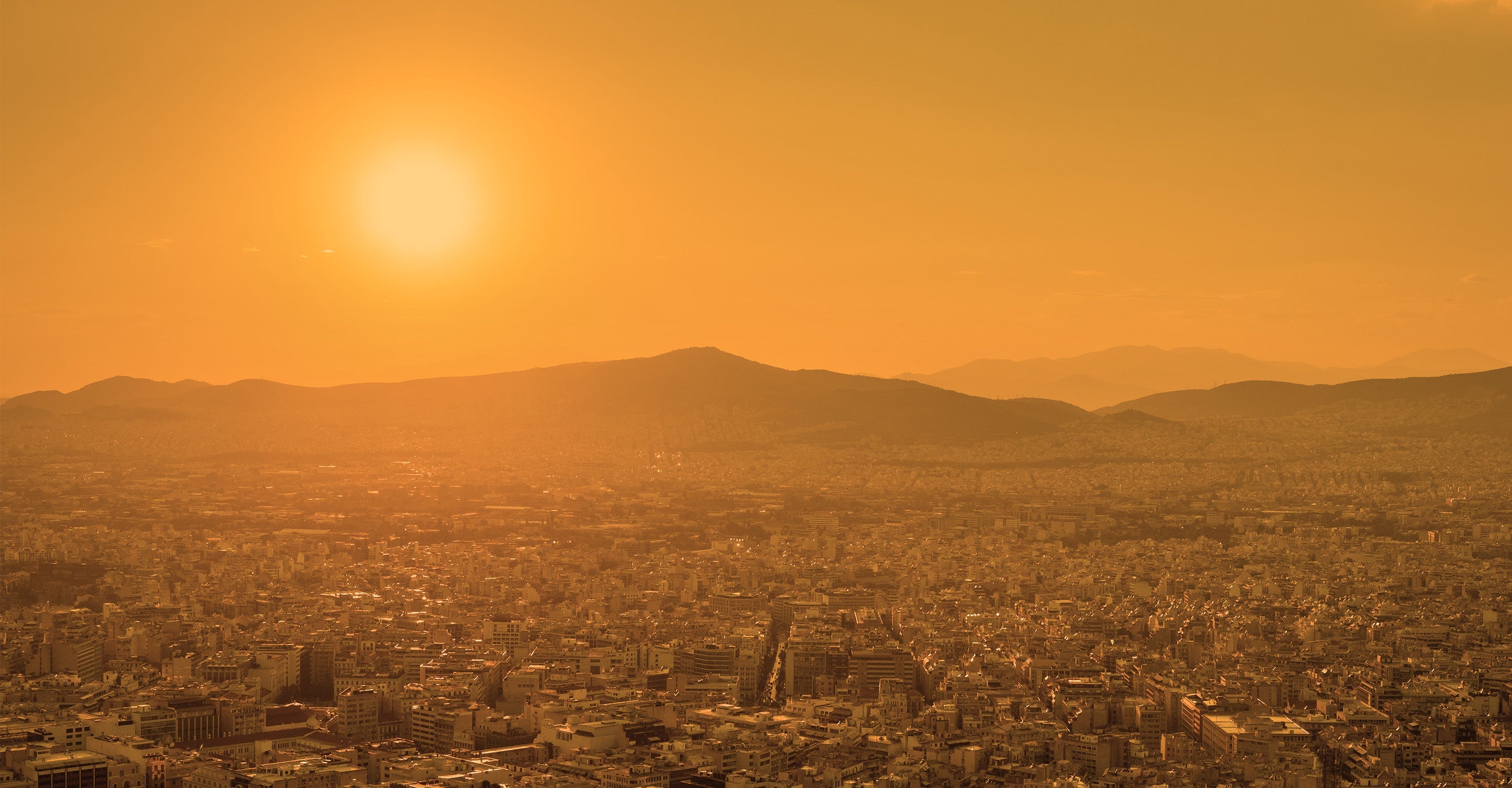Amritsar air quality map
Live air pollution map of Amritsar
14.8K people follow this city
Full screen
Contributors category
0
Government
0
Educational
0
Non-profit organization
0
Corporate
0
Individual
0
Anonymous
Station(s) operated by

*IQAir’s AQI data modeled using satellite data. Learn more
Health Recommendations
| Sensitive groups should reduce outdoor exercise | |
| Close your windows to avoid dirty outdoor air GET A MONITOR | |
| Sensitive groups should wear a mask outdoors GET A MASK | |
| Sensitive groups should run an air purifier GET AN AIR PURIFIER |
Amritsar does not have air sensor data
Be the first to measure and contribute air quality data to your community.
Understand air pollution and protect yourself
Amritsar MAP AIR QUALITY ANALYSIS AND STATISTICS
What are the current air quality readings on the map in Amritsar?
To cite some examples recorded as of mid-July in 2022, the following figures will be cited to show examples. Frequent updates can and should be monitored, due to drastically different readings possible even over the course of a single day in Amritsar. US AQI readings came in at 55 and 66, placing the two sites within the 'moderate' air quality rating bracket. Whilst this is not an ideal situation to be in, it is fairly common throughout India, which unfortunately sees many of its cities having some of the highest pollution readings in the world, particularly the extremely densely populated ones that have vast amounts of industrial activity and human movement going on. With readings such as these, minor respiratory irritation may become apparent, although the figures will need to rise further before more prominent or dangerous health issues rear their head.
What can US AQI readings on the air quality maps in Amritsar tell you about the types of pollution present?
US AQI readings taken in Amritsar that are shown above on the air quality map serve as more general overviews of the rating into which they fall, being easy to follow with names such as good, moderate, unhealthy for sensitive groups, unhealthy, very unhealthy and finally hazardous, the highest pollution rating possible that is accompanied by a maroon color warning (with each subsequent air quality rating being darker in color, starting at green for the best air quality level. This can be of aid, especially when referring to the city page for Amritsar, as the forecasts for the air pollution levels also use the color schemes to indicate how polluted, or clean, the air will be).
When these rating brackets do start to rise, there will be a higher level of the main pollutants present in the air, with these ‘main’ ones being used to calculate the US AQI figure. As such, whilst the city pages can offer more insight into the concentration of certain pollutants within Amritsar, users can gain some more insight into what pollutants are going into their lungs by knowing what the US AQI figure is aggregated from. The main pollutants that form the US AQI figure are prominent ones such as carbon monoxide, released heavily from combustion sources, particularly from lower quality ones such as the improper burning of wood or other organic materials (improper as in the combustion process is not done thoroughly and at a high enough temperature, without correct ventilation and cleaning protocols in place that one might expect to find in an industrial boiler). Other pollutants in the US AQI figure include nitrogen dioxide and sulfur dioxide, both of which are also released from combustion sources, in particular cars for nitrogen dioxide.
Ozone also fits into the calculation, with the various concentration levels of these pollutants all showing themselves as elevated readings present on the air quality map above. PM10 and PM2.5 are also prominent factors that can have an impact on the readings shown on the air quality map, with larger or more coarse particles falling into the PM10 bracket, such as ones that may be released from poorly paved or dusty roads, uncovered sand piles at construction sites and the like, as well as the far more dangerous PM2.5 also figuring largely, mainly due to it being one of the most dangerous forms of pollution present in the air in both Amritsar and other cities around the world. With this knowledge in mind, a higher US AQI reading will often indicate higher levels of these pollutants being present in the air, and as such users can know what air contaminants they are potentially being exposed to, along with being able to research the health risks that come along with them.
Which people can benefit from the use of air quality maps in Amritsar?
Whilst the entire population can most definitely benefit from reviewing the readings on the pollution map above (and taking appropriate action when readings are high), certain groups within the population can benefit much more, as the risk to their health from pollution exposure can be much more serious. This includes people who have compromised immune systems and pre-existing health conditions, with the two often going hand in hand. Others include family units, particularly when there are elderly people within, along with young children, babies and pregnant women also being the most vulnerable to the negative effects of air pollution within Amritsar. Checking the air pollution map can help such groups significantly.
Are air pollution maps helpful in providing data that can prevent health issues in Amritsar?
Air quality maps can provide helpful information and data regarding the air cleanliness in Amritsar updated constantly throughout the day and can aid greatly in reducing some of the more prominent diseases and other health issues that arise as a result of excessive pollution exposure. When the US AQI readings are shown to be high in a given area, several different health issues may arise, ranging from more superficial and short-term ones to severe health consequences.
As they have their pollution classification and ratings (as is shown clearly in the color-coding on each reading across the air pollution map in Amritsar, with the lighter colors indicating the best levels of air quality up to moderately polluted ones, and darker colors indicating unhealthy through to extremely dangerous levels of air pollution), there will be higher chances and risks of people suffering from health issues if they are in an area that is shown on the air quality map as being of a more unhealthy level. Some examples of health issues that may occur when readings on the air pollution maps in Amritsar are ones such as dry coughs, irritation to the mucous membranes such as the nose, eyes, ears and throat, as well as potential infections of the respiratory tract, particularly when higher amounts of pollution are inhaled over a longer period. Other more serious issues include those that fall under the chronic obstructive pulmonary disease (COPD) bracket, which can include asthma, bronchitis, emphysema and pneumonia. In regards to the air pollution maps and how they can assist users and the general public in reducing potential harmful occurrences, some of which were mentioned above, they show specifically which parts of Amritsar have the highest levels of pollution, and which times of the day have the highest readings.
With this information in mind for users, they may employ several preventative measures to safeguard their health, particularly if some users have young children, who are especially vulnerable to the negative effects of pollution exposure. If an area shows high US AQI readings on the air quality map, and indeed persists that way over extended spells, which is a common sight in areas such as highways and main roads that see a large amount of rush hour traffic, then actions can be taken. Avoiding certain areas when they have higher readings on the air pollution maps can reduce potential future health problems, as well as reduce the risk of aggravating pre-existing ones. As such, air quality maps can be very helpful in identifying which areas of Amritsar and indeed any other city in India are the most polluted, and measures such as avoiding outdoor activity in said area, or wearing particle filtering masks if outdoor travel cannot be avoided (in the case of daily commutes) will all be extremely helpful in reducing pollution-related illnesses.








